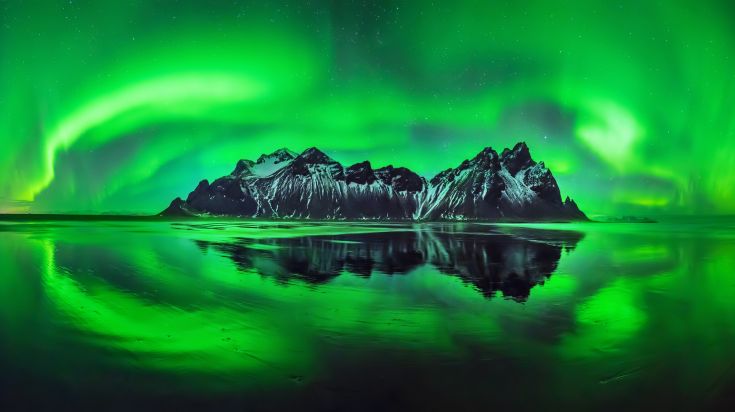Northern Lights - The Scientific Explanation

- Jane W
- From
- Jane W
- From
- Leslie E
- From
- Danine D
- From
The Scientific Explanation Behind Northern Lights

The scientific explanation behind the Aurora Borealis is actually quite complex. Charged particles traveling all the way from the surface of the sun hit the earth’s atmosphere and collide with the numerous gas molecules residing there. The atmosphere is made up of many different types of gaseous elements, and the type of gas that meets the sun particles causes the fascinating variation in color of the northern lights. Certain colors, such as the most common highlights of turquoise occur lower in the atmosphere, around 60 miles above ground level. At higher altitudes the hues change and the pink tones can get up to 200 miles above ground level. So there is a variation of both color and depth to the beautiful scenery. Normally the earth has a magnetic field which deflects these particles before they reach the inner atmosphere. However, at the poles of the earth these fields are weaker. This is why the northern lights can only be witnessed in a limited number of key locations across the globe such as Finland, Norway, Scotland, Iceland, and Greenland.
Experiencing Northern Lights is truly spectacular so make sure that you know the best time of year to see Northern Lights on Iceland, to increase the chance of a great Northern Lights Experience. Please also check the best time of the year to visit Iceland and the top things to do on Iceland.






